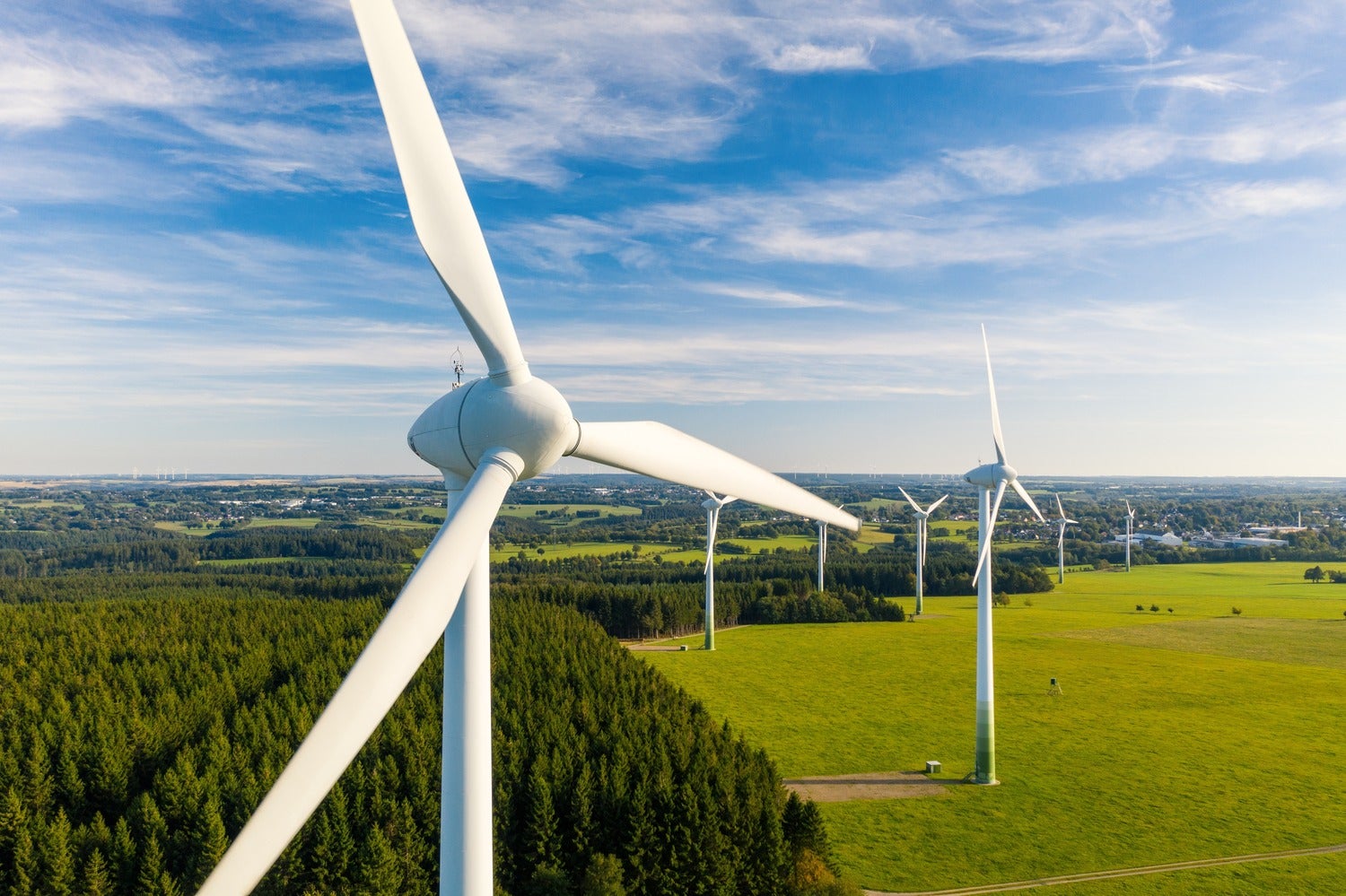Conservatives have long used the “high cost” of renewables to try to convince voters that fossil fuels are best for the U.S. Project 2025, the blueprint for a second Trump presidency from think tank The Heritage Foundation, claims that programs designed to address climate change, including investments in green energy, are creating “an artificial energy scarcity that will require trillions of dollars in new investment” and “the result has been increased energy costs that hurt individuals and families.” It argues that a shift toward renewables is responsible for spikes in Americans’ electricity bills, and backtracking toward fossil fuels will put cash back in folks’ wallets. North Dakota Gov. Doug Burgum trotted out similar talking points at the Republican National Convention last week.
But is renewable energy really more costly? The short answer is “no”—and it actually stands to be a lot cheaper in the long run.
What’s driving electricity costs
It’s true that electricity costs more than it used to. Bills are up 20% since the start of 2021, but not because of a shift toward renewables, according to the International Renewable Energy Agency (IRENA). The main culprit is inflation; costs have risen in lockstep with the shifting value of a dollar. In fact, when adjusted for inflation, they’ve decreased in some states. Iowa, New Mexico, and Kansas have seen drops. What these spots have in common: some of the biggest wind and solar booms in the past decade.
A few other elements have contributed to the current sticker shock of energy bills, including wildfires, investments in aging and inefficient coal plants, and volatility in natural gas prices due to factors like extreme weather and geopolitical instability. Notice how switching to green energy isn’t on that list. In fact, it could actually save trillions of dollars by 2050, according to a 2022 Joule study.
Renewables used to be more costly than fossil fuels, but they caught up quickly. That’s in part due to startup costs associated with, say, building out solar arrays and wind farms. Startup and maintenance costs are quickly made up for by long-term savings, which includes the costs associated with addressing pollution and the impacts of climate change. Not to mention, startup costs have plummeted in recent years.
How much you pay for renewable energy
What’s that mean for your electric bill? In 2021, the price of electricity provided by onshore wind decreased by 15%, offshore wind by 13%, and solar by 13% compared with the year before, according to IRENA. Around the same time, fossil fuel costs surged. All that means that, in addition to being best for climate change, renewables are now also the cheapest form of energy in many areas. In fact, data from 2023 shows that the global weighted average cost of electricity from solar is about one-third less than the cheapest fossil fuel alternative.
Why the right’s so stuck on this narrative
Perception is reality, and if voters think renewables are fueling high energy costs, then the Republican platform to invest in fossil fuels and cut clean energy funding could drive them to the ballot box. But why do conservatives want to fund fossil fuels and lift regulations on oil and gas in the first place? Lobbying. Big Oil is donating millions of dollars to Republicans—around eight times more than it donated to Democrats so far this year.

